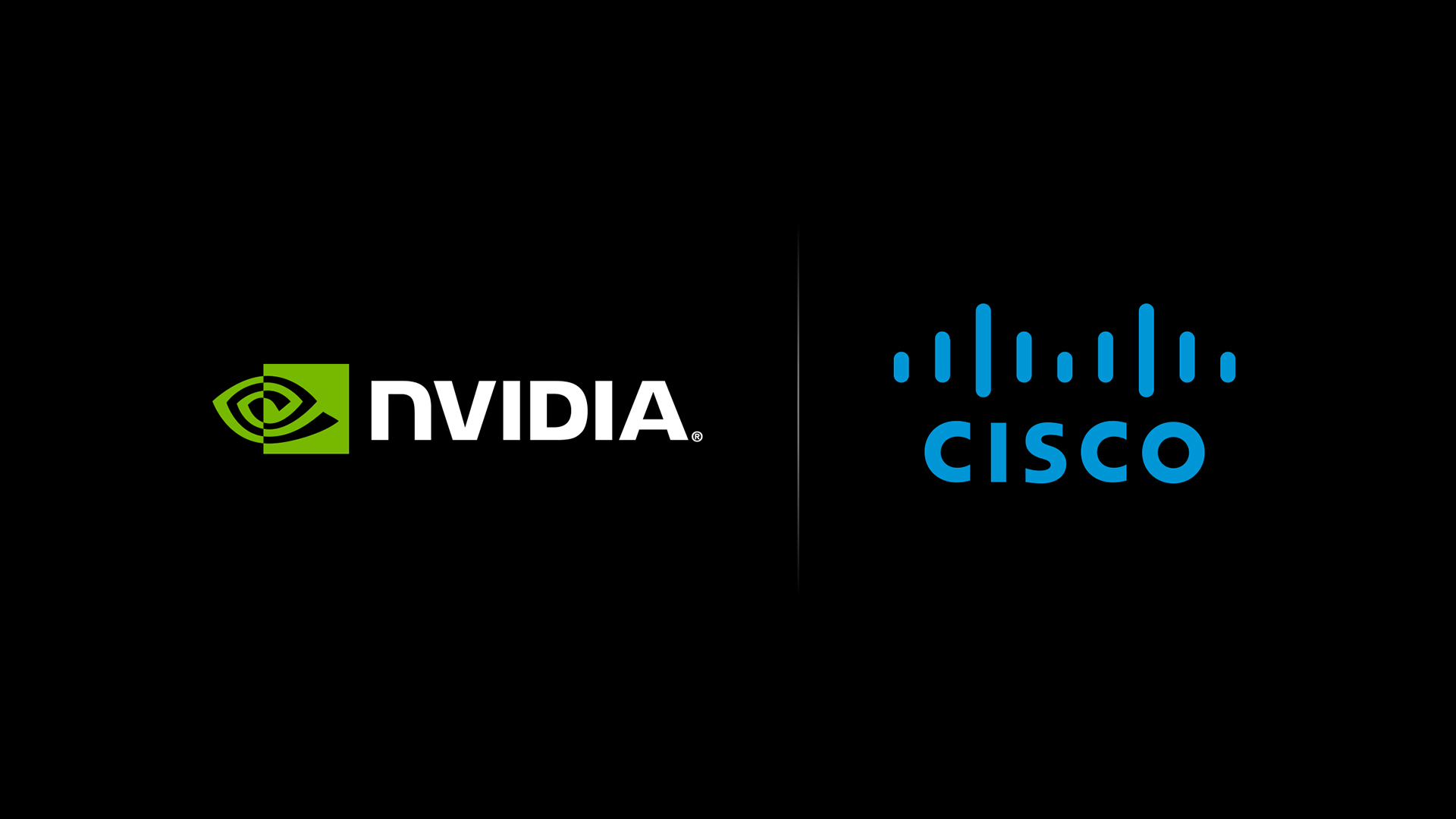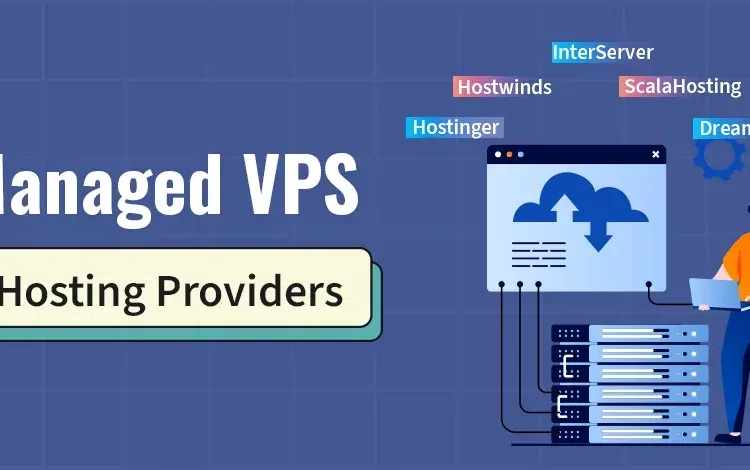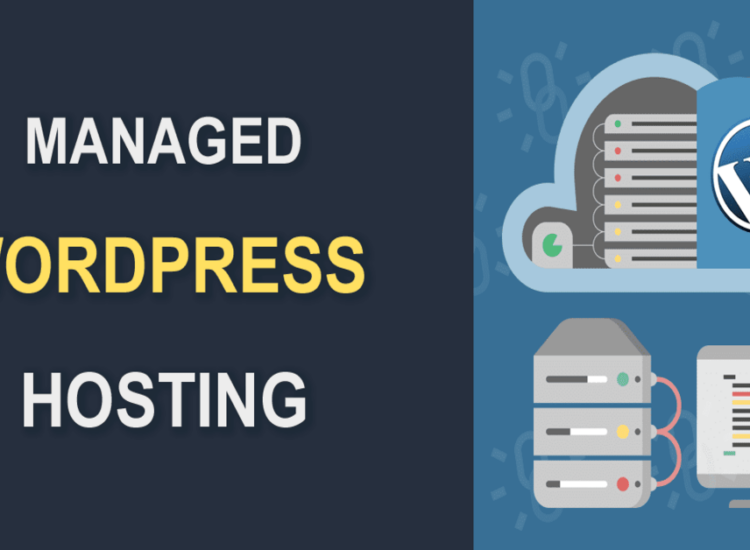Launching your first online portfolio or setting up a small e-commerce store can be an exciting venture. VPS hosting free can be the perfect starting point, allowing you to test the waters of server management and get a feel for the technical aspects of running your own website. While it’s not a permanent solution, it can provide valuable experience and a solid foundation for future growth.
Toc
- 1. Understanding the Benefits of VPS Hosting Free for Beginners
- 2. Understanding Free VPS Hosting Trials
- 3. Understanding the Different Types of VPS Hosting
- 4. Choosing the Right Free VPS Provider
- 5. Getting Started with a Free VPS Trial
- 6. Related articles 01:
- 7. Setting Up Your VPS for Basic Use
- 8. Tips and Best Practices for Free VPS Hosting
- 9. Frequently Asked Questions
- 10. Related articles 02:
- 11. Conclusion
Understanding the Benefits of VPS Hosting Free for Beginners

VPS hosting, unlike shared hosting, gives you a dedicated slice of a physical server’s resources, effectively creating a virtual private server for your website or application. This means you gain access to your own CPU, RAM, and storage, leading to enhanced control and flexibility over your hosting environment.
For beginners, the advantages of VPS hosting free are significant:
- Increased Control and Flexibility: With VPS hosting, you gain root access to your server, which allows for software installation, configuration customization, and management of your website or application. For instance, beginners can experiment with different web server configurations (Apache vs. Nginx), install specific software packages required for their projects, and even customize security settings to fine-tune their server environment. This level of control is often absent in shared hosting, where limitations restrict customization options.
- Enhanced Performance: Dedicated resources ensure faster loading times and improved performance, which is crucial for user experience. Unlike shared hosting, where a single server’s resources are divided among multiple users, VPS hosting guarantees dedicated resources. This means your website or application won’t experience slowdowns or performance issues caused by other users’ activity on the same server. This is especially important for websites with dynamic content, databases, or applications that require more processing power.
- Improved Security: Your website is hosted in a dedicated environment, reducing vulnerability to security risks commonly associated with shared hosting. With VPS, sensitive data, such as customer information or financial records, is isolated from other users on the server, reducing the risk of data breaches or unauthorized access. Your data is less likely to be affected by the actions of other users on the server.
- Scalability: As your online projects expand, you can easily upgrade your VPS resources to meet growing demands. This scalability ensures your website can seamlessly handle sudden increases in traffic without encountering downtime, a crucial advantage for growing online projects.
While VPS hosting offers these benefits, it’s important to recognize that some level of technical knowledge may be necessary, particularly with unmanaged VPS plans. However, many free VPS providers have user-friendly features to assist beginners.
Understanding Free VPS Hosting Trials

Free VPS hosting trials are an excellent way to explore the potential of VPS hosting without financial commitment. These trials typically last for a limited time and provide access to a range of features, allowing you to test the waters before making a long-term investment.
- Duration and Limitations: Most free trials last anywhere from 30 days to 12 months, depending on the provider. During this time, you can evaluate the service, but keep in mind that resources such as CPU, RAM, and storage may be limited. Some providers may impose restrictions on bandwidth usage, which can impact your ability to run multiple applications or handle high traffic.
- Risk-Free Exploration: Free trials provide a no-risk opportunity to experiment with VPS hosting, allowing you to assess features and functionality. This is particularly beneficial for students and beginners who want to learn about server management without incurring costs.
- Resource Restrictions: Although the trials are free, they often come with restrictions on resource usage, which may affect performance if exceeded. It’s essential to monitor your usage to avoid unexpected charges or service interruptions. While free trials offer a valuable introduction, they may not reflect the true performance and stability of a paid VPS plan, as resources are often limited.
Understanding the Different Types of VPS Hosting
Before diving into free VPS hosting trials, it’s important to understand the different types of VPS hosting available. VPS hosting can be categorized into managed and unmanaged plans. Managed VPS hosting includes support for server management tasks, making it easier for beginners, while unmanaged VPS hosting requires users to handle server maintenance, updates, and security on their own. Beginners may want to consider managed options to ease the learning curve.
Choosing the Right Free VPS Provider

Selecting the right VPS provider is crucial for maximizing your experience. Below are some of the most popular options that offer free trials:
- Kamatera: Offers a 30-day free trial with a $100 credit. Kamatera provides a user-friendly platform with customizable VPS plans and 24/7 support. Their services are designed to cater to both beginners and advanced users, making it a versatile choice.
- DigitalOcean: New users receive a free $200 credit, enabling them to explore various features, including a 1-click app installer and cloud load balancer. DigitalOcean is known for its simplicity and robust community support, making it easy for beginners to find help.
- AWS (Amazon Web Services): AWS’s free tier offers 12 months of free access, making it a great choice for those looking for enterprise-level features and security. While AWS can be more complex than other options, it provides extensive resources and tutorials to help users get started.
- Vultr: Vultr offers a free trial that includes a $100 credit for new users, which lasts for 30 days. Their services are geared towards developers, and they provide a variety of operating systems and server configurations.
- Linode: Linode provides a $100 credit for 60 days, allowing you to explore their VPS offerings. Known for excellent customer support and performance, Linode is a solid choice for users seeking reliability.
Comparison Table of Free VPS Providers
| Provider | Free Trial Duration | Credit Amount | Operating Systems | Control Panel Options |
|---|---|---|---|---|
| Kamatera | 30 days | $100 | Linux, Windows | Custom |
| DigitalOcean | 30 days | $200 | Linux | Custom |
| AWS | 12 months | N/A | Linux, Windows | AWS Management Console |
| Vultr | 30 days | $100 | Linux, Windows | Custom |
| Linode | 60 days | $100 | Linux | Custom |
When choosing a provider, consider factors such as ease of use, customer support, and the provider’s reputation in the industry. Look for reviews and testimonials to gauge the experiences of other users, particularly beginners.
Getting Started with a Free VPS Trial

Once you’ve chosen a provider, follow these steps to get started with your VPS trial:
Step 1: Sign Up for a Free VPS Provider
Begin by visiting the provider’s website and selecting their free VPS trial option. The signup process usually requires basic information, including your name, email address, and a secure password. Be sure to choose a strong password to protect your account.
1. https://freddovietnam.net/archive/2300/
2. https://freddovietnam.net/archive/2295/
3. https://freddovietnam.net/archive/2296/
Step 2: Choose a VPS Plan
During the signup process, you’ll need to select a VPS plan that matches your needs. Look for beginner-friendly options that offer sufficient RAM, storage, and bandwidth. Many providers have pre-configured plans designed for specific use cases, such as web hosting or application development.
Step 3: Deploy Your Server
After selecting your plan, the provider will assist you in deploying your server. This step typically involves choosing your operating system (Linux or Windows) and customizing server settings. Some providers offer templates to simplify the setup process.
Step 4: Access and Configure Your Server
Once your server is set up, you can connect to it using SSH (for Linux) or RDP (for Windows). This allows you to manage server tasks, install software, and configure your website or application. Familiarize yourself with basic command-line operations if you’re using Linux, as this will help you navigate and manage your server effectively.
Setting Up Your VPS for Basic Use
After deploying your server, it’s time to set it up for basic use. Here’s how to do it:
Install Essential Software
To get started, you will need to install essential software:
- Web Server: Choose between Apache or Nginx, both of which are popular options for hosting websites. Apache is known for its flexibility and extensive features, while Nginx is praised for its performance and low resource consumption.
- Database: Install a database management system like MySQL or PostgreSQL to store your website’s data. These databases are widely used and supported, making them ideal for beginners.
- FTP Server: Use FileZilla or similar software to facilitate file transfers between your local machine and the server. Setting up an FTP server allows you to easily upload and manage files on your VPS.
Configure Your Web Server
Follow these steps to configure your web server:
- Install the web server software. Use your package manager to install Apache or Nginx, depending on your choice.
- Set up your domain name and point it to your server’s IP address. This process involves updating your domain’s DNS settings to direct traffic to your VPS.
- Upload your website files to the appropriate directory. The default directory for web files is usually
/var/www/htmlfor Apache or/usr/share/nginx/htmlfor Nginx. - Test the configuration to ensure everything is functioning correctly. You can do this by accessing your domain in a web browser and checking for any errors.
Securing Your VPS
Security is paramount when managing a VPS. Here are some tips to protect your server:
- Use strong, unique passwords for all accounts. Avoid using easily guessable passwords and consider using a password manager.
- Enable two-factor authentication for additional security. This adds an extra layer of protection by requiring a second form of verification.
- Regularly update your server software to patch vulnerabilities. Keeping your software up-to-date is crucial for maintaining security.
- Install a firewall and antivirus software to guard against threats. Tools like UFW (Uncomplicated Firewall) for Linux can help manage firewall rules easily.
- Regularly back up your data. Set up automated backups to ensure you have copies of your data in case of hardware failure or security breaches.
Tips and Best Practices for Free VPS Hosting

To make the most of your free VPS hosting experience, consider the following tips and best practices:
Monitor Resource Usage
Keep a close eye on your server’s resource usage, including CPU, RAM, and storage. Many providers offer dashboards that display real-time usage statistics. This will help you avoid exceeding your limits and potentially incurring additional costs when your free trial ends.
Optimize Performance
Optimize your website or application for speed by implementing caching mechanisms and using a content delivery network (CDN). Caching can significantly reduce load times and improve user experience. Additionally, a CDN can distribute your content across multiple servers worldwide, enhancing accessibility.
Troubleshooting
If you encounter any issues with your VPS, don’t hesitate to use the provider’s online resources, documentation, and support channels. Many free VPS providers offer excellent customer support to help you resolve any problems you may encounter. Joining community forums can also provide valuable insights and troubleshooting tips from other users.
Experiment and Learn
Take advantage of the free VPS trial to experiment with different configurations and software setups. This is an excellent opportunity to learn about server management, web hosting, and application deployment. Don’t be afraid to try new things—this hands-on experience is invaluable.
Frequently Asked Questions
Q: What are the limitations of free VPS hosting trials?
A: Free trials typically have limited resources, a fixed duration, and may restrict certain features, making them less suitable for high-traffic sites.
1. https://freddovietnam.net/archive/2299/
2. https://freddovietnam.net/archive/2295/
3. https://freddovietnam.net/archive/2296/
Q: Can I use a free VPS trial for production purposes?
A: While technically possible, using a free trial for production environments is not advisable due to resource limitations and potential instability.
Q: What happens after my free VPS trial ends?
A: After your trial ends, you must either upgrade to a paid plan with the provider or choose a different provider for continued VPS hosting.
Q: Do I need technical knowledge to use a free VPS trial?
A: Some technical knowledge is beneficial, but many providers offer user-friendly interfaces and tutorials to help beginners navigate the setup process.
Q: Are there any hidden costs associated with free VPS trials?
A: While the trial itself is free, some providers may charge for additional resources or services that exceed the trial limits. Always read the terms and conditions carefully.
Q: Can I switch providers after my trial ends?
A: Yes, you can switch to another provider if you find a better fit for your needs. Just make sure to back up your data before migrating.
Conclusion
VPS hosting free offers a fantastic opportunity for beginners to delve into server management, launch online projects, and gain invaluable skills. By understanding the benefits and getting started with a free trial, you can explore the vast potential of VPS hosting without financial risk.
With the right provider and a willingness to learn, you can develop your technical skills and create robust online projects. Take the first step today—choose a free VPS provider, sign up for a trial, and embark on your journey into the world of VPS hosting. The possibilities are endless! As VPS hosting remains a popular choice for beginners, the rise of serverless computing platforms like AWS Lambda and Google Cloud Functions offers an alternative approach for running web applications without managing servers.









